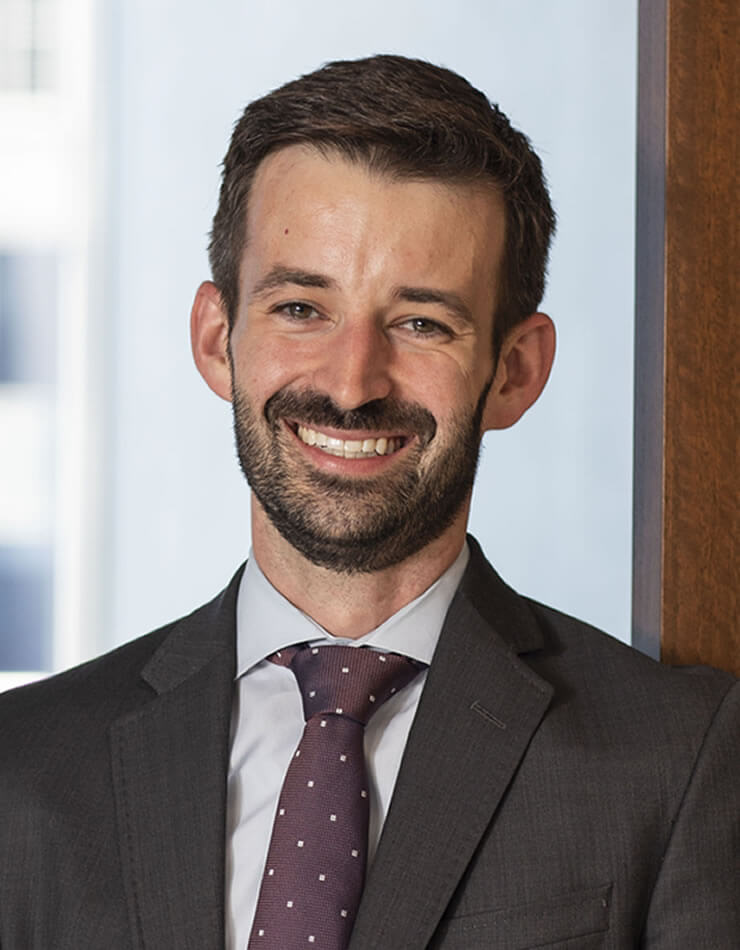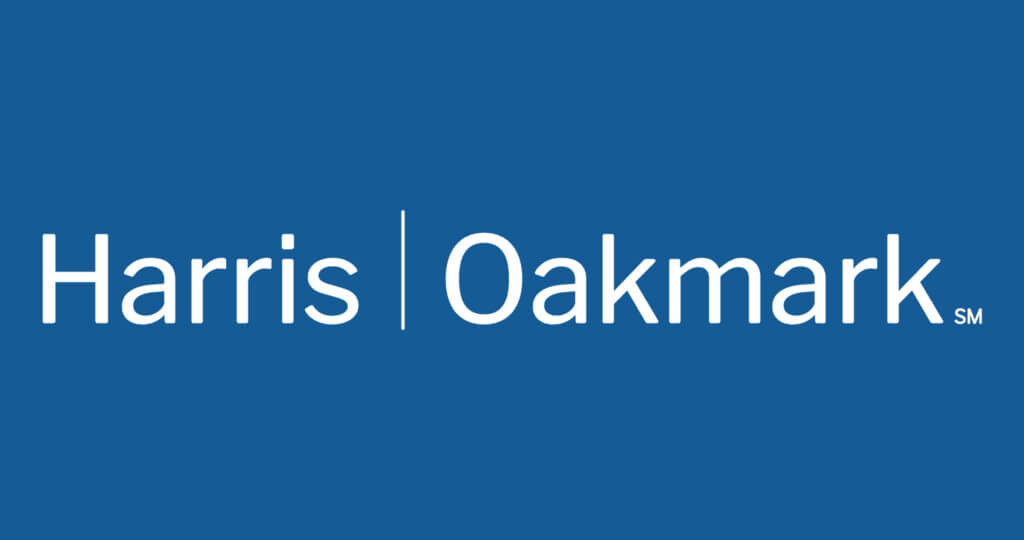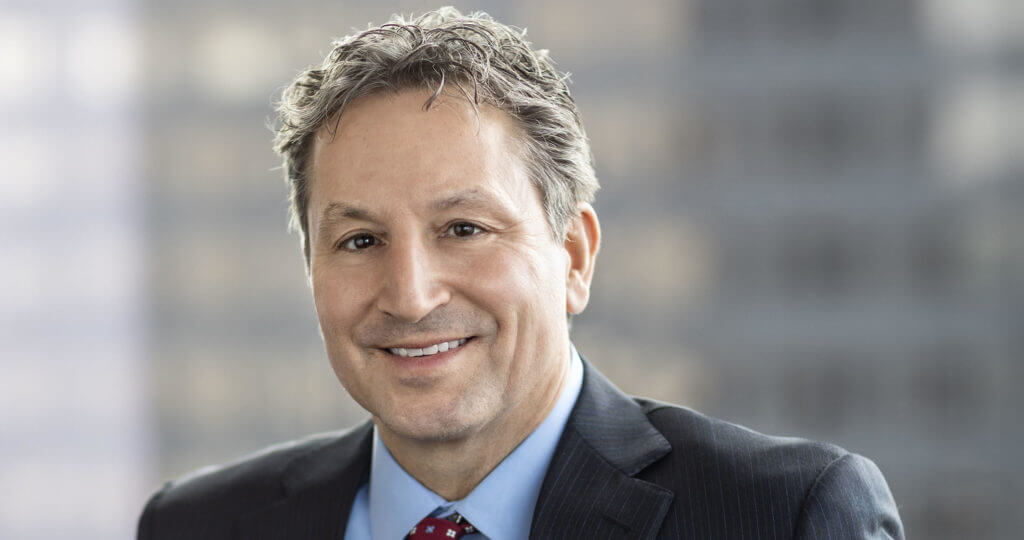Oakmark International Small Cap Fund – Investor Class
Average Annual Total Returns 06/30/22
Since Inception 11/01/95 7.95%
10-year 5.45%
5-year 0.01%
1-year -25.24%
3-month -15.03%
Gross Expense Ratio: 1.37%
Net Expense Ratio: 1.35%
Expense ratios are based on estimated amounts for the current fiscal year; actual expenses may vary.
The net expense ratio reflects a contractual advisory fee waiver agreement through January 27, 2023.
Past performance is no guarantee of future results. The performance data quoted represents past performance. Current performance may be lower or higher than the performance data quoted. The investment return and principal value vary so that an investor’s shares when redeemed may be worth more or less than the original cost. To obtain the most recent month-end performance data, view it here.
The Oakmark International Small Cap Fund returned -15.0% for the quarter ending June 30, outperforming the MSCI World ex U.S. Small Cap Index, which returned -17.9% for the same period. Since its November 1995 inception, the Fund has earned an annualized return of 8% per year.
It was a difficult quarter for equity markets as inflation remained at elevated levels, which caused central banks around the world to raise—or express their intentions to soon raise—interest rates. This situation was made even more challenging by continued lockdowns in China (and the negative impact this had on global supply chains and economic growth in China) and the continued hostilities in Ukraine. Despite this difficult macroeconomic backdrop, our portfolio companies have mostly continued to report robust operating results to date. Although some consumer discretionary categories (e.g., apparel) are exhibiting signs of weakening demand, overall the business environment remains favorable. However, we remain vigilant for signs of noticeable weaknesses to business conditions. Despite the uncertain macro environment, we are enthusiastic about the portfolio’s mid- to long-term return potential. Unlike the U.S. market, international valuations entered the year in line or below long-term averages, and given the combination of significant share price declines, along with underlying earnings growth, valuations are very low compared to historical averages. Thus, we continue to believe most of our holdings’ prices already reflect a significant slowdown or outright recession.
The Oakmark International Small Cap Fund has more than a 25-year trading history. Every day, we track the portfolio’s discount to intrinsic value. For example, if the portfolio is trading at 65%, then the portfolio is trading at 65% of our estimate of its intrinsic value. (The lower this value, the higher we would expect the rate of future return to be.) Over our 25-year history, market peaks have tended to result in discounts to intrinsic values in the 75-80% range while market troughs usually resulted in valuations in the 45% range. The two exceptions to this occurred in March 2009 (the global financial crisis) and March 2020 (the Covid-19 pandemic) when the portfolio’s discount to its intrinsic value reached 35%. As of June 30, the portfolio is trading below 50% of our estimate of intrinsic value. We believe this is a very attractive valuation level that should generate attractive returns over the mid- to long-term. In uncertain environments, the importance of strong management teams, healthy balance sheets and competitively advantaged business models are especially important, and these factors have always been a core emphasis of our research process. We believe the portfolio is well-positioned to manage this volatile environment, so during the quarter, the Fund’s portfolio managers added to their personal investments in the Fund.
Further details on quarterly performance are below.
Element Fleet Management (Canada), a global leader in fleet management, was a top contributor to the Fund’s performance for the quarter. In our view, Element Fleet Management delivered a strong first-quarter earnings report in May, despite continued headwinds from original equipment manufacturer production delays. First-quarter order volumes of 1.4 billion were in line with originations, resulting in the backlog remaining flat sequentially at 2.9 billion, compared to normalized levels around 1.2 billion. This backlog corresponds to CAD 45-55 million in deferred revenue and CAD 55-65 million in free cash flow. Management expects original equipment manufacturers to reach full production capacity by the middle of 2023, at which point originations will surpass orders, which will then enable the company to reduce its backlog and realize these deferred economics. Operating expenditures grew 6% year-over-year due to operating costs intended to generate future revenue as well as an unquantifiable amount from inflation. However, we believe inflation will be a net positive for the company as revenue gains should more than offset inflationary pressures on operating expenditures. Management’s capital-light model approach translated to further deleveraging despite additional capital returns to shareholders. The company returned CAD 106 million to shareholders in the first quarter, of which CAD 74.5 million was through buybacks.
Atea (Norway), a market leader in IT infrastructure and solutions for businesses and public-sector organizations in Europe’s Nordic and Baltic regions, was a top detractor to the Fund’s performance for the quarter. Atea delivered a mixed set of first-quarter earnings results as currency headwinds pressured revenue results. Supply chain constraints are also weighing on the business, with Atea building security stocks in some equipment and experiencing additional transit times for the inventory on its balance sheet. At the same time, a shortage of higher margin networking equipment hurt sales, particularly in Denmark. Despite this, sales and EBIT still grew in the first quarter compared to the first quarter of the prior year. These supply chain headwinds should prove temporary rather than structural, and we are encouraged that management is not yet seeing any signs of waning demand. We spoke to CEO Steinar Sonsteby following the release, and he indicated that private customer demand remains robust and public customer demand is accelerating due to investments in areas like defense and information security. Although the company committed a few unforced errors in the first quarter, including hiring too aggressively in Norway and the inability to invoice some new managed service contracts in Denmark, management believes current headwinds will abate and that Atea is well-positioned for strong growth and improving profitability. Despite the near-term pressures facing the company, we appreciate Atea’s position as a dominant player in the Nordic infrastructure reselling and service market, holding around 20% market share—far ahead of its next largest competitor. We also admire the company’s ability to generate free cash flow through its absence of working capital on an operating basis and limited fixed asset investment. As such, we believe Atea remains an attractive investment.
We initiated the below positions during the quarter:
- Fluidra (Spain) is a global manufacturer and supplier of commercial and residential pool and spa equipment. The company does its own research and development, manufacturing, and marketing and distribution for its products and holds approximately 1,400 patents worldwide. After its merger with Zodiac, Fluidra became a global leader in the manufacturing and supply of residential and commercial swimming pool equipment, controlling around 18% of global market share. In our view, the pool market is growing at an impressive pace, and we appreciate that the majority of Fluidra’s revenue stems from aftermarket repair and maintenance work, which is being performed on a growing installation base. The company’s share price has fallen over the course of the year along with the broader market due to fears of growth reversion. We believe today’s share price offers an attractive entry point into a company with a strong management team, sizable margin opportunity and the ability to execute value-accretive acquisitions. We believe revenue trends are likely to prove more resilient than market expectations because of Fluidra’s high aftermarket exposure.
- Nexi (Italy) is a financial technology company with offerings in credit card payment processing, digital invoicing and other payment services. We like that payment businesses have grown in excess of the gross domestic product and generate significant incremental margins and strong cash flow. In particular, we believe payment processing businesses in Europe are well-positioned due to the region’s significant use of cash payments and its relatively low levels of bank payment outsourcing. As such, we appreciate Nexi’s more than 75% revenue exposure to attractive, fast-growth European payment markets, including Italy, Germany and Poland, as well as its ongoing ability to consolidate the European market. Moreover, the acquisitions of Nets and SIA proved to be a game changer, in our view, as they improved business capabilities and scale, reduced customer concentration, diversified its geographic footprint, and created the potential for material synergistic opportunities.
- Schibsted (Norway) is a global media group that operates the largest media and classifieds business in the Nordics via several business segments, including Nordic marketplaces, news media, and financial services and ventures. Over 90% of Schibsted’s business value stems from classifieds, which we view as a sticky, network-effect business, marked by robust long-term pricing power and compelling economics. Our research suggests leaders in the industry tend to benefit from these factors, and Schibsted has a very strong position within the industry relative to its peers. We also believe that customers’ increasing comfort with online transactions will benefit the company as these transactions can potentially generate greater monetization and unlock previously untapped profit pools. The company’s current margins are depressed due to its investments in these growth opportunities; however, we believe there is a clear path toward payoff. Given the current complex macro environment, we appreciate that Schibsted’s classifieds segment is resistant to inflationary pressures due to its pricing power, high margins and asset-light nature. We also believe the volumes in the motors vertical are currently held down by the lack of new vehicle supply. However, this pressure should also subside over the course of our investment horizon.
During the quarter, we sold Link Group (Australia) and Essentra (U.K.) as their share prices approached our estimates of intrinsic value.
Geographically, we ended the quarter with approximately 76% of our holdings in Europe and the U.K., 12% in Asia, 5% in Australasia, and 1% in Africa/Middle East (Israel). The remaining positions are in the Americas with 5% in Latin America (Mexico) and 2% in North America (Canada).
Thank you for your continued confidence and support.
The securities mentioned above comprise the following percentages of the Oakmark International Small Cap Fund’s total net assets as of 06/30/2022: Atea 2.5%, Element Fleet Management 1.3%, Essentra 0%, Fluidra 0.8%, Link Group 0%, Nexi 0.7% and Schibsted Cl B 1.0%. Portfolio holdings are subject to change without notice and are not intended as recommendations of individual stocks.
EBIT is a measure of a firm’s profit that includes all expenses except interest and income tax expenses. It is the difference between operating revenues and operating expenses.
The MSCI World ex US Small Cap Index (Net) is designed to measure performance of small-cap stocks across 22 of 23 Developed Markets (excluding the United States). The index covers approximately 14% of the free float-adjusted market capitalization in each country. This benchmark calculates reinvested dividends net of withholding taxes. This index is unmanaged and investors cannot invest directly in this index.
The Fund’s portfolio tends to be invested in a relatively small number of stocks. As a result, the appreciation or depreciation of any one security held by the Fund will have a greater impact on the Fund’s net asset value than it would if the Fund invested in a larger number of securities. Although that strategy has the potential to generate attractive returns over time, it also increases the Fund’s volatility.
The stocks of smaller companies often involve more risk than the stocks of larger companies. Stocks of small companies tend to be more volatile and have a smaller public market than stocks of larger companies. Small companies may have a shorter history of operations than larger companies, may not have as great an ability to raise additional capital and may have a less diversified product line, making them more susceptible to market pressure.
Investing in foreign securities presents risks that in some ways may be greater than U.S. investments. Those risks include: currency fluctuation; different regulation, accounting standards, trading practices and levels of available information; generally higher transaction costs; and political risks.
The information, data, analyses, and opinions presented herein (including current investment themes, the portfolio managers’ research and investment process, and portfolio characteristics) are for informational purposes only and represent the investments and views of the portfolio managers and Harris Associates L.P. as of the date written and are subject to change and may change based on market and other conditions and without notice. This content is not a recommendation of or an offer to buy or sell a security and is not warranted to be correct, complete or accurate.
Certain comments herein are based on current expectations and are considered “forward-looking statements”. These forward looking statements reflect assumptions and analyses made by the portfolio managers and Harris Associates L.P. based on their experience and perception of historical trends, current conditions, expected future developments, and other factors they believe are relevant. Actual future results are subject to a number of investment and other risks and may prove to be different from expectations. Readers are cautioned not to place undue reliance on the forward-looking statements.
All information provided is as of 06/30/2022 unless otherwise specified.










